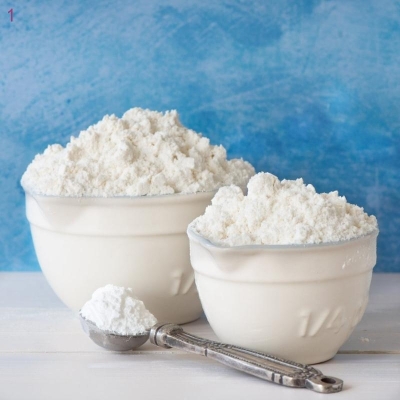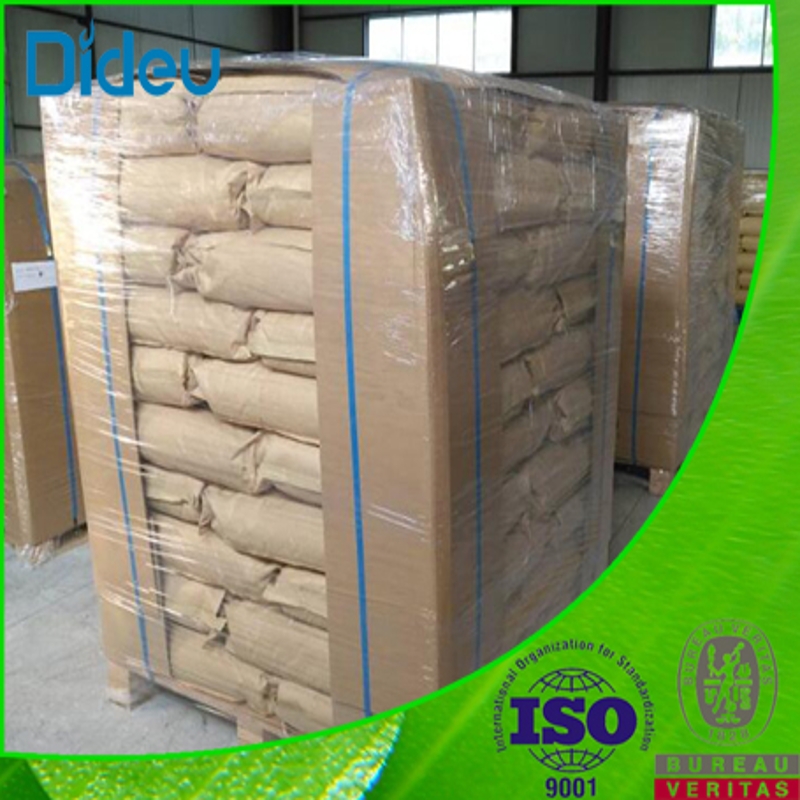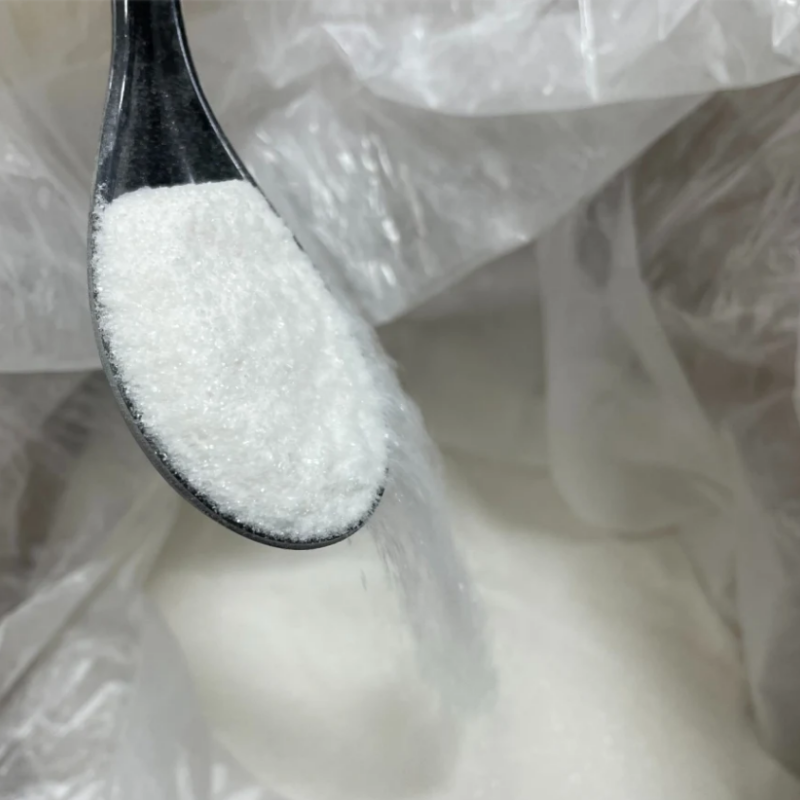-
Categories
-
Pharmaceutical Intermediates
-
Active Pharmaceutical Ingredients
-
Food Additives
- Industrial Coatings
- Agrochemicals
- Dyes and Pigments
- Surfactant
- Flavors and Fragrances
- Chemical Reagents
- Catalyst and Auxiliary
- Natural Products
- Inorganic Chemistry
-
Organic Chemistry
-
Biochemical Engineering
- Analytical Chemistry
-
Cosmetic Ingredient
- Water Treatment Chemical
-
Pharmaceutical Intermediates
Promotion
ECHEMI Mall
Wholesale
Weekly Price
Exhibition
News
-
Trade Service
Since the beginning of this year, China's economic growth has slowed down, and copper prices are in a weak oscillation pattern
.
Since July this year, the overall amplitude of Shanghai copper has basically remained within 10%, and the central position of oscillation is around
40,000 yuan / ton.
From the long-term trend of copper prices, the downtrend is still not over
.
According to the latest data from the World Bureau of Metal Statistics (WBMS), from January to August 2015, the global copper market was oversupplied by 134,000 tons, and China's apparent copper consumption decreased by 15,000 tons to 7.
172 million tons, accounting for about 48%
of the world's total copper demand.
The glut continues, with China's GDP growing at 6.
9% in the third quarter, returning to below
7% again after seven years.
From the trend point of view, the economic growth rate continues to slow down, and the trend will continue
.
The slowdown in China's economic growth will inevitably affect the consumption of commodities, and the destocking of commodities will take a long time to complete
.
Of course, the trend of futures prices has a certain degree of anticipation, and will not wait until the completion of destocking to rise, but from the current stage, in the case of consumption is difficult to improve, copper prices will be under pressure
.
Since the second half of the year, affected by the depreciation of the RMB, the internal and external price oscillations have risen
.
The recent internal and external ratio of copper prices is around 7.
52, and the import profit is about 500 yuan / ton, which belongs to the pattern
of internal strength and external weakness.
From the perspective of copper price trend, the overall oscillation trend
is weak.
The author temporarily defines Shanghai copper as the anti-fall trend in the later stage of the falling market, and the decline of Shanghai copper in the anti-fall trend will be less than that of London copper, and it is necessary to pay attention to the high inflection point
of the price ratio.
The author believes that if the import profit decreases or loses, the decline in copper prices will be limited
.
The short-term weak pattern of copper prices has not changed, and the exchange rate of RMB against the US dollar is temporarily stable, which can focus on the change of
import earnings in the later period.
If import earnings increase, copper prices will remain weak and wait for an inflection point
.
Since the beginning of this year, China's economic growth has slowed down, and copper prices are in a weak oscillation pattern
.
Since July this year, the overall amplitude of Shanghai copper has basically remained within 10%, and the central position of oscillation is around
40,000 yuan / ton.
From the long-term trend of copper prices, the downtrend is still not over
.
According to the latest data from the World Bureau of Metal Statistics (WBMS), from January to August 2015, the global copper market was oversupplied by 134,000 tons, and China's apparent copper consumption decreased by 15,000 tons to 7.
172 million tons, accounting for about 48%
of the world's total copper demand.
The glut continues, with China's GDP growing at 6.
9% in the third quarter, returning to below
7% again after seven years.
From the trend point of view, the economic growth rate continues to slow down, and the trend will continue
.
The slowdown in China's economic growth will inevitably affect the consumption of commodities, and the destocking of commodities will take a long time to complete
.
Of course, the trend of futures prices has a certain degree of anticipation, and will not wait until the completion of destocking to rise, but from the current stage, in the case of consumption is difficult to improve, copper prices will be under pressure
.
Since the second half of the year, affected by the depreciation of the RMB, the internal and external price oscillations have risen
.
The recent internal and external ratio of copper prices is around 7.
52, and the import profit is about 500 yuan / ton, which belongs to the pattern
of internal strength and external weakness.
From the perspective of copper price trend, the overall oscillation trend
is weak.
The author temporarily defines Shanghai copper as the anti-fall trend in the later stage of the falling market, and the decline of Shanghai copper in the anti-fall trend will be less than that of London copper, and it is necessary to pay attention to the high inflection point
of the price ratio.
The author believes that if the import profit decreases or loses, the decline in copper prices will be limited
.
The short-term weak pattern of copper prices has not changed, and the exchange rate of RMB against the US dollar is temporarily stable, which can focus on the change of
import earnings in the later period.
If import earnings increase, copper prices will remain weak and wait for an inflection point
.







